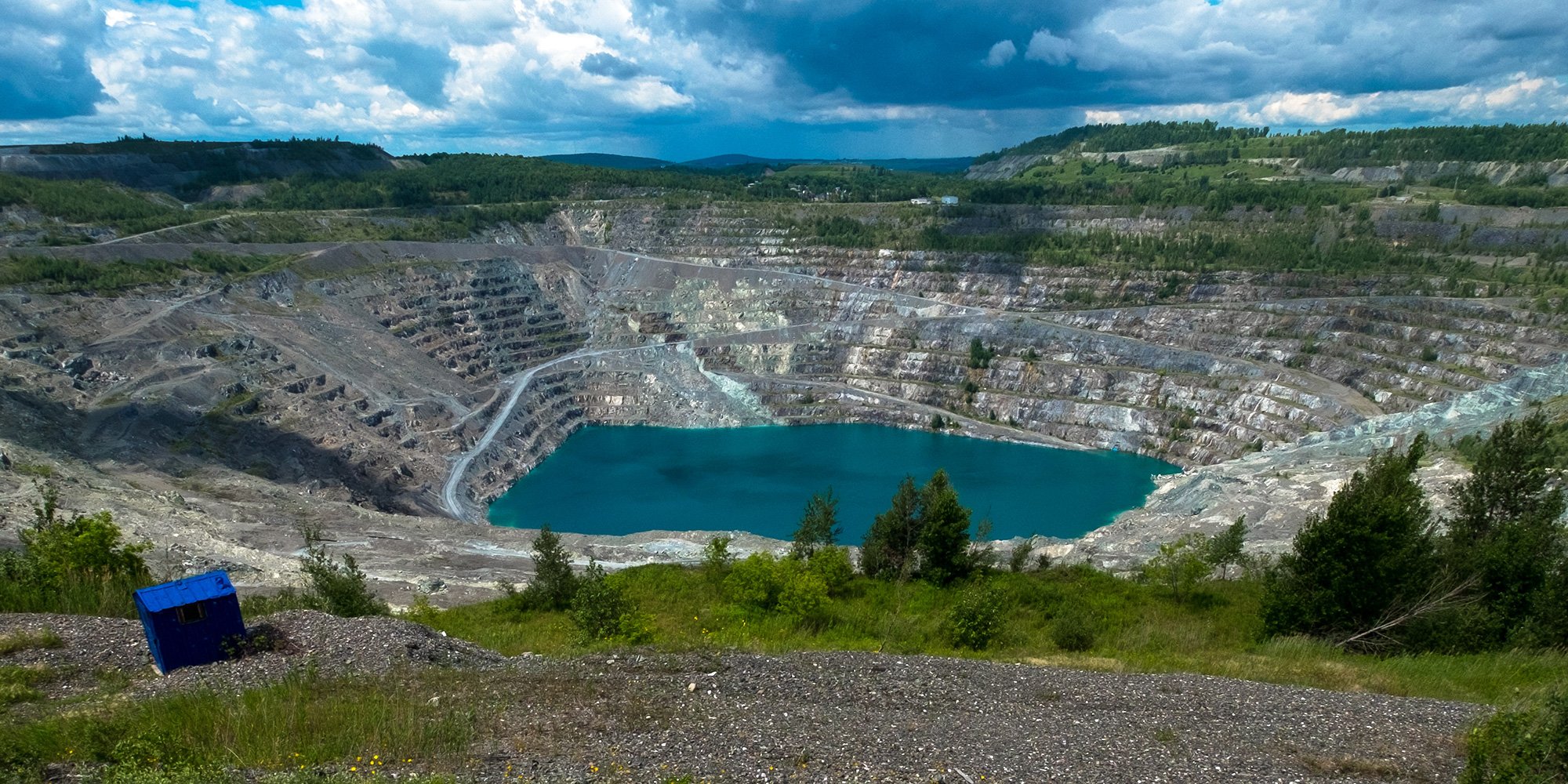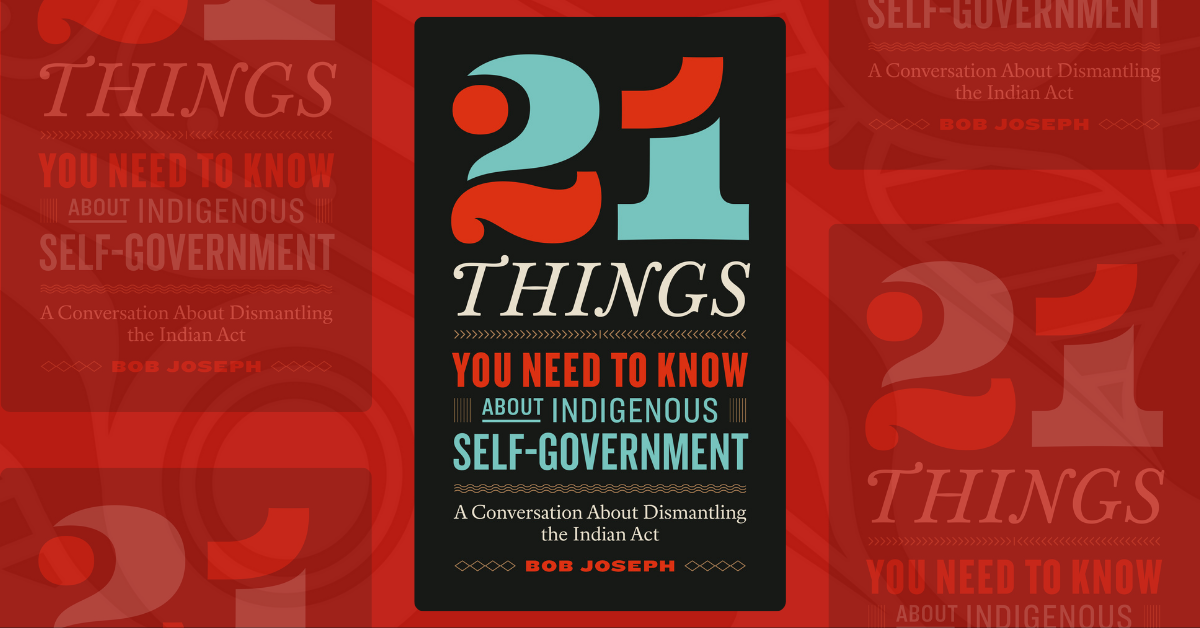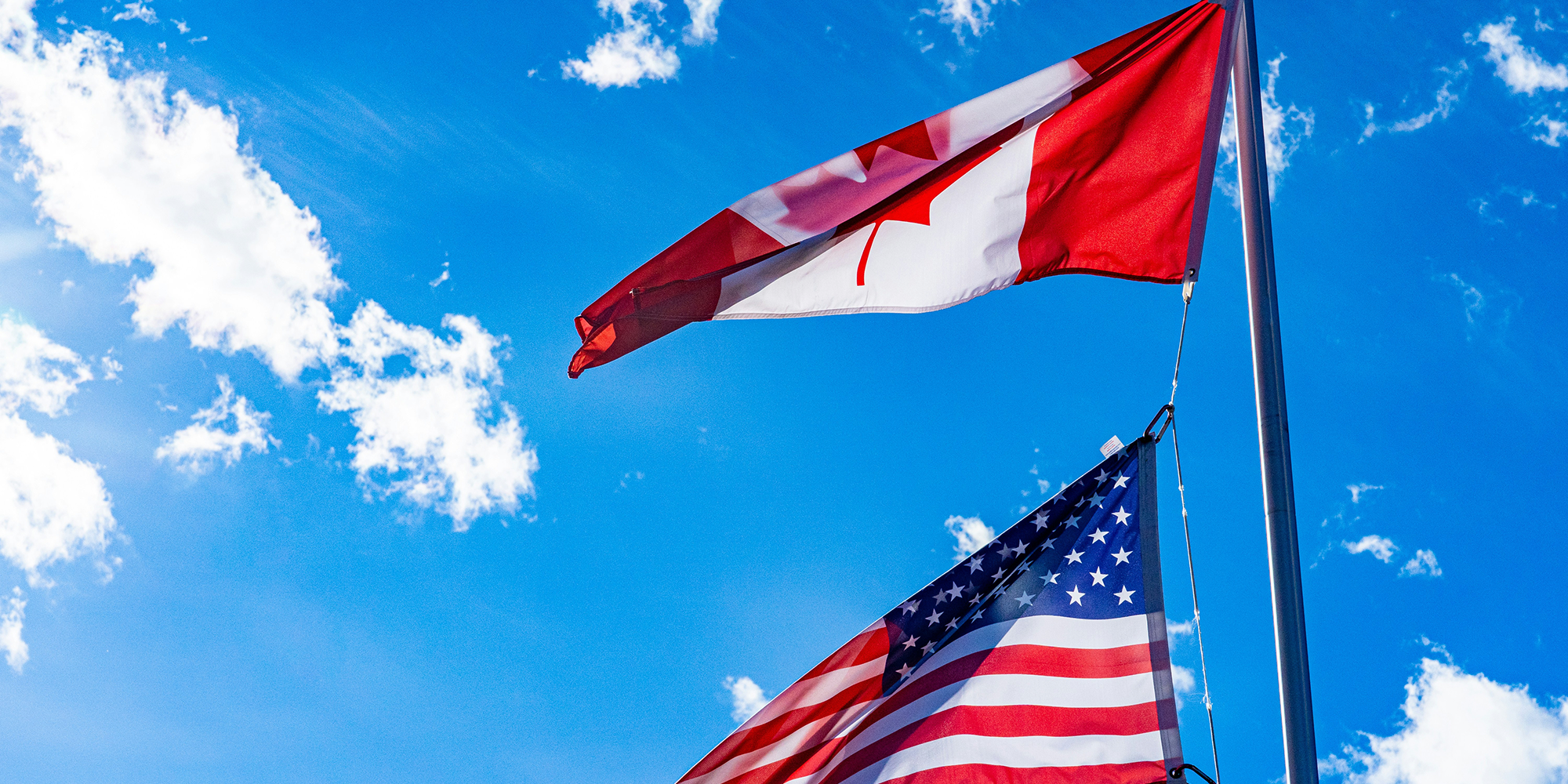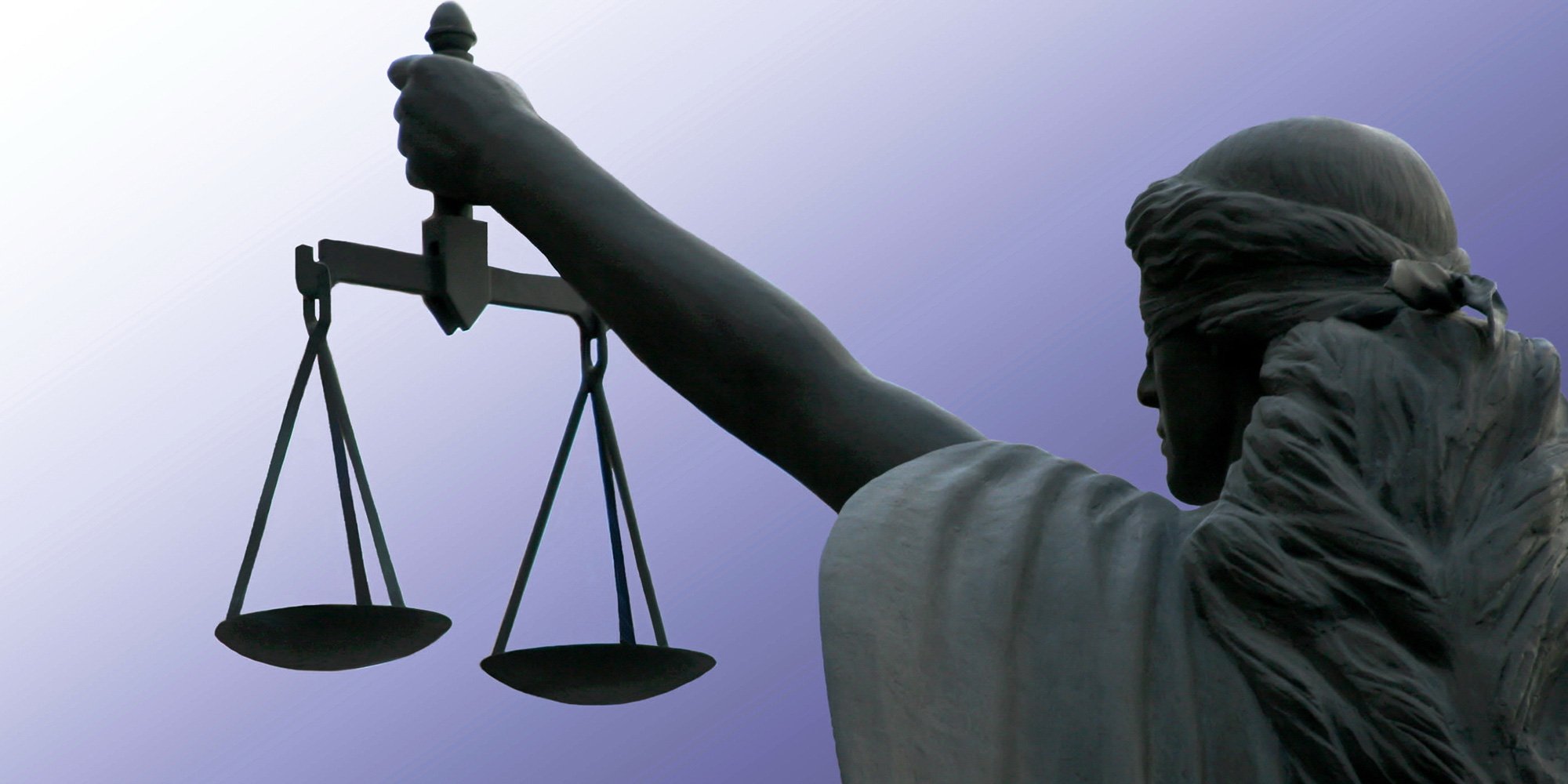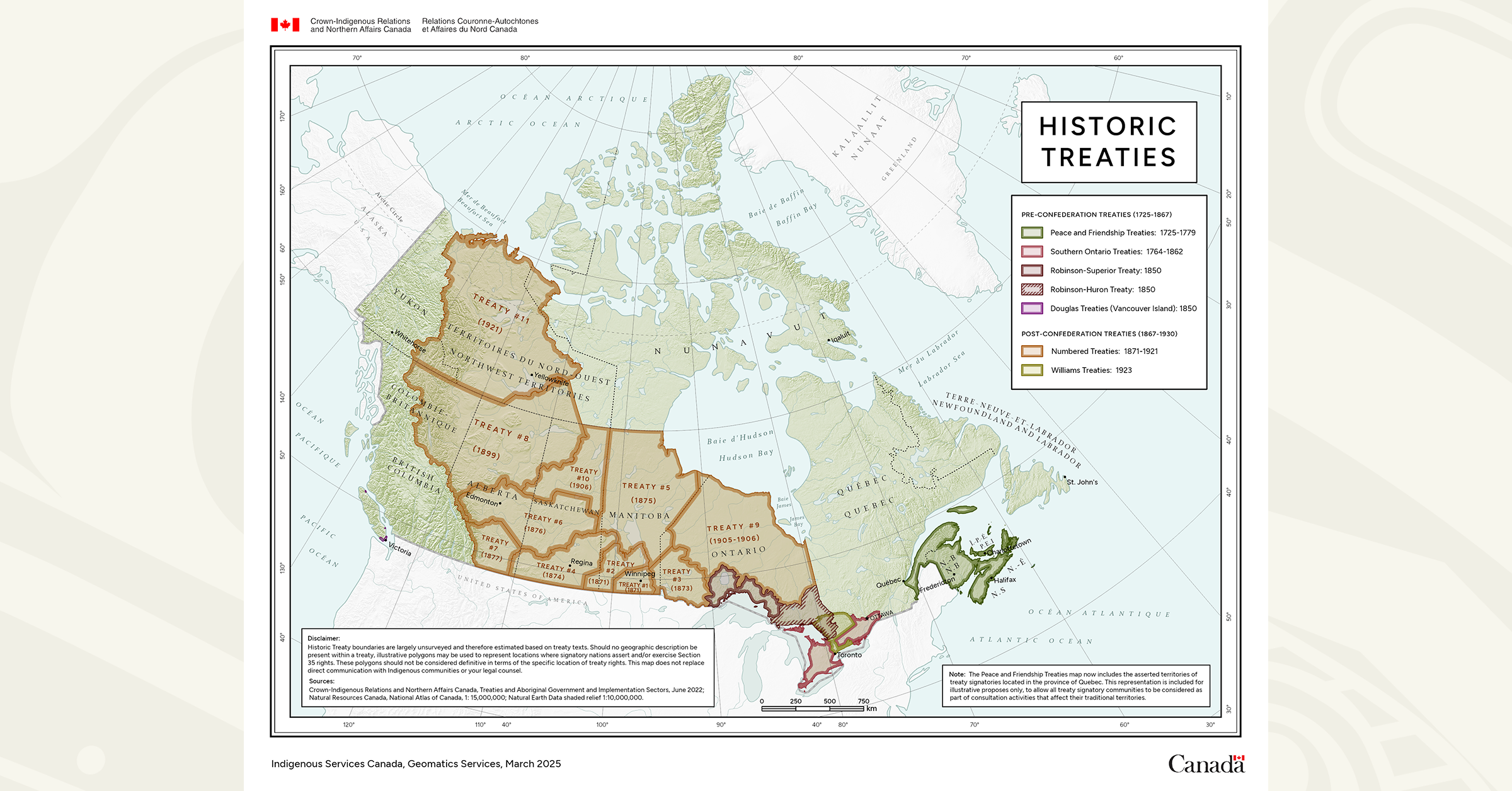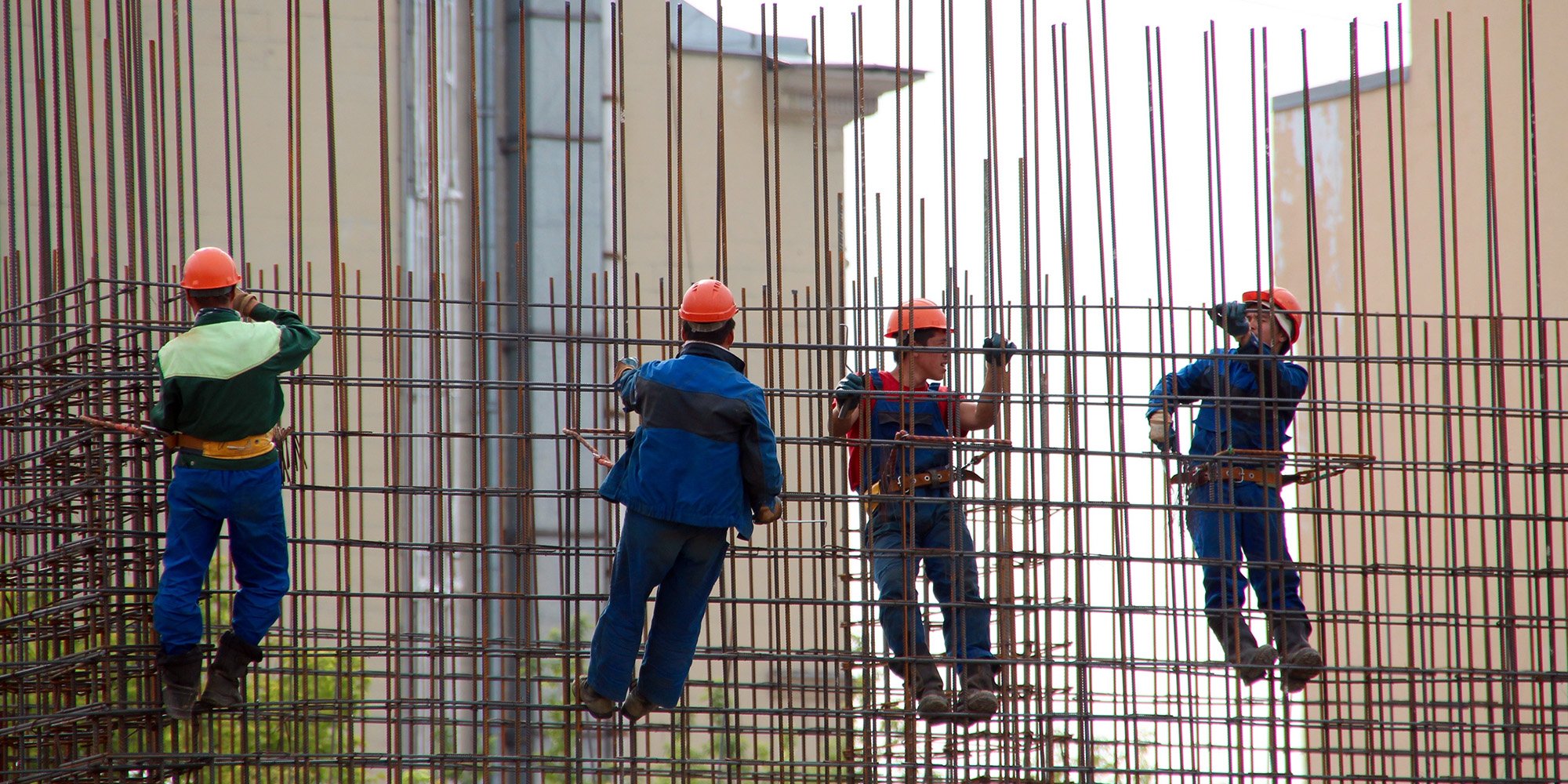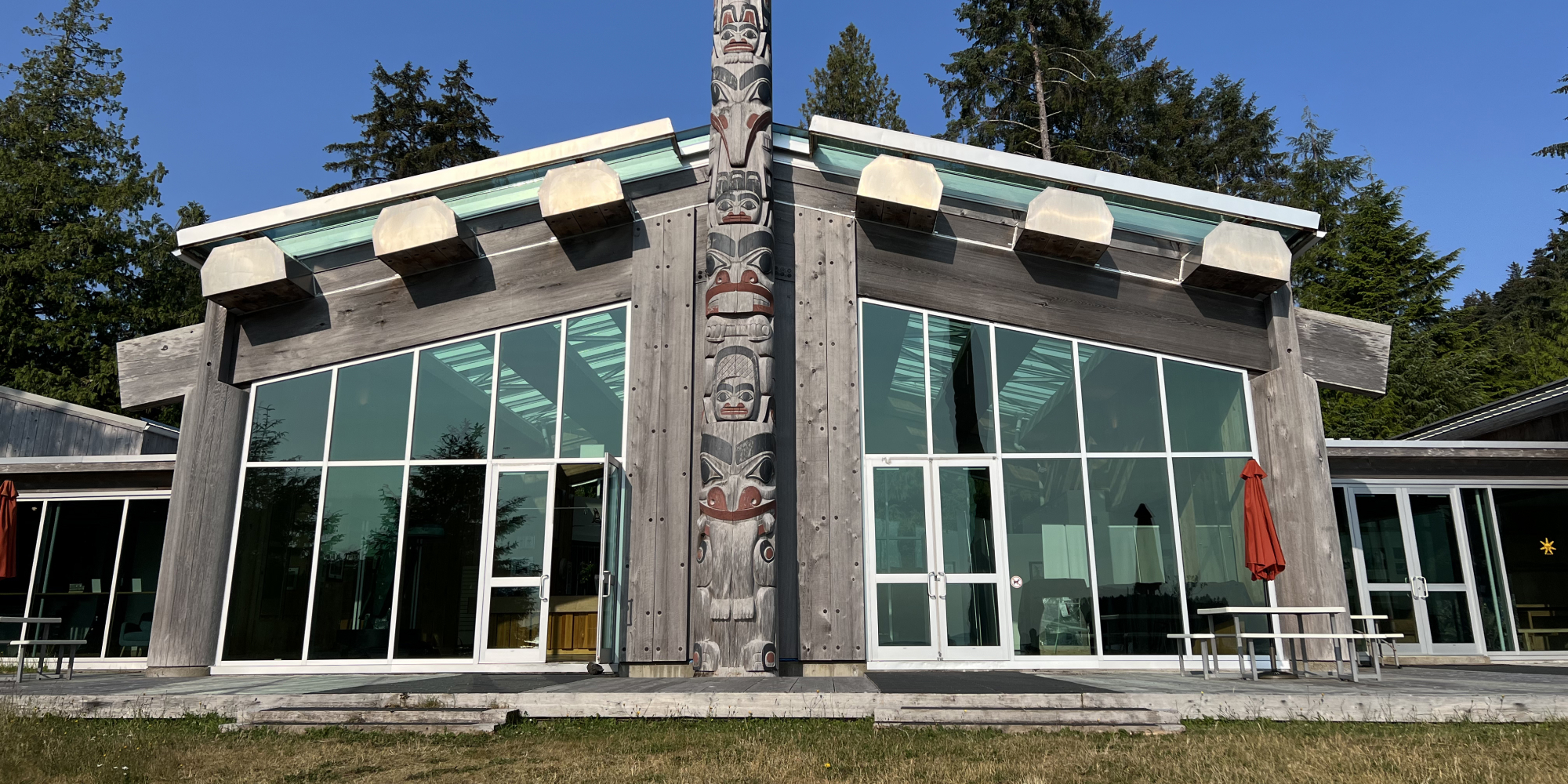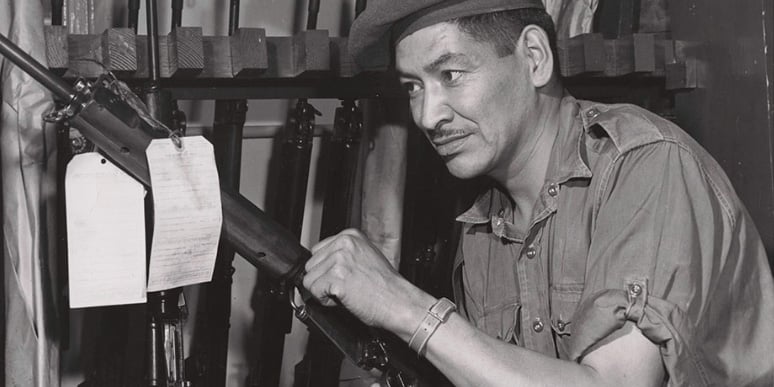
5 min read
14 Facts You May Not Know About Contributions of Indigenous Veterans
November 8 is National Indigenous Veterans Day, a memorial day observed to honour the contributions and sacrifices of Indigenous Peoples who served in the Canadian Armed Forces. If you are unfamiliar with the significant contributions of Indigenous...
Read More
